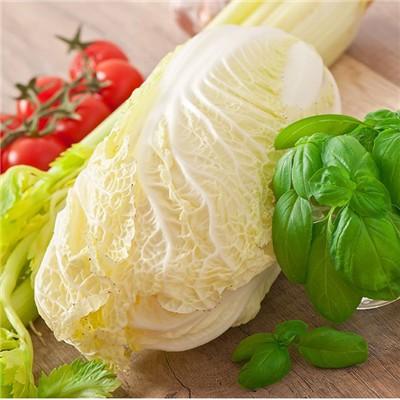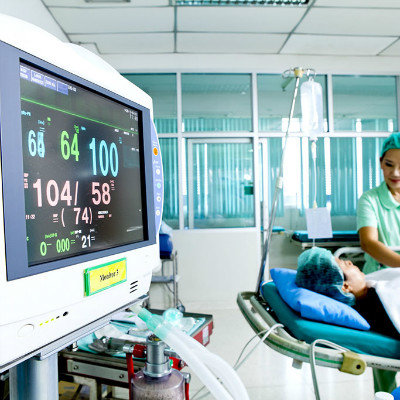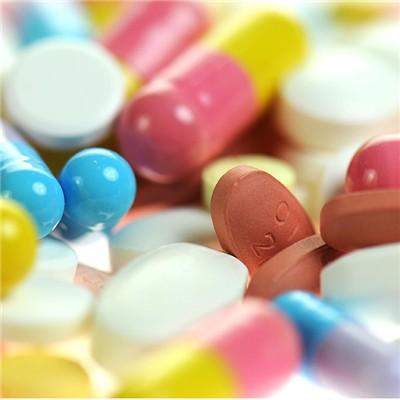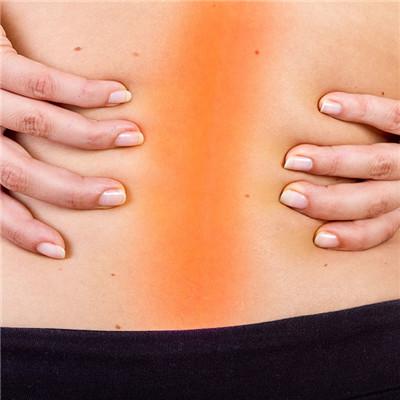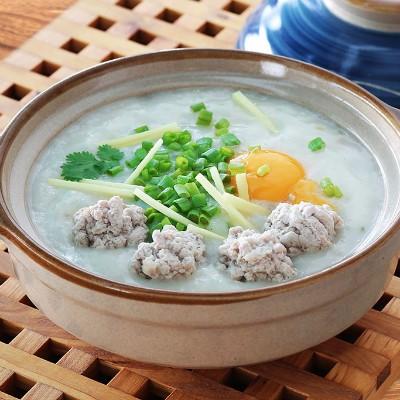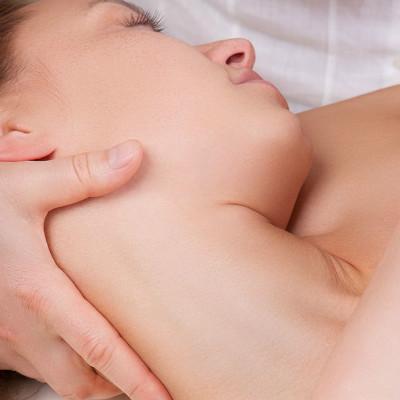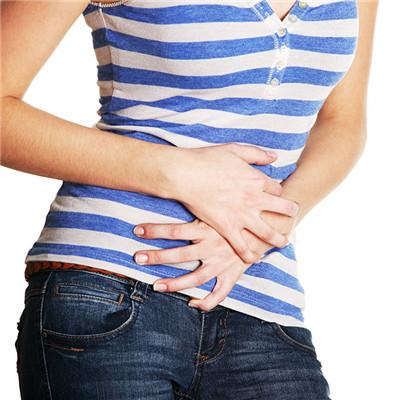Symptoms and treatment of pelvic inflammatory disease
summary
Pelvic inflammatory disease is a very common female disease, this disease is often not concerned by female friends, some female friends even suffer from pelvic inflammatory disease, but they do not know, so the majority of female friends need to understand the symptoms of pelvic inflammatory disease and treatment, and early detection of disease, early treatment. Pelvic cavity is the gathering place of female genitalia, which is easy to be infected by bacteria and cause inflammation. If you accidentally got pelvic inflammatory disease, then it is necessary to understand the symptoms and treatment of pelvic inflammatory disease.
Symptoms and treatment of pelvic inflammatory disease
Acute pelvic inflammatory disease: 1, the onset of abdominal pain, with fever, chills; 2. If accompanied by peritonitis, there are nausea, vomiting, abdominal distension, diarrhea; 3. If there is abscess formation, there may be lower abdominal mass and local compression stimulation symptoms, such as bladder stimulation symptoms and rectal stimulation symptoms; 4. The patient presented with acute appearance, high temperature, fast heart rate, abdominal distension, lower abdominal muscle tension, tenderness and rebound pain; 5. Pelvic examination: vaginal congestion, burning, a large number of purulent secretions; Pain in posterior fornix and cervical lifting; The uterus is slightly large and soft with tenderness and limited movement; Adnexal thickening, tenderness and mass.
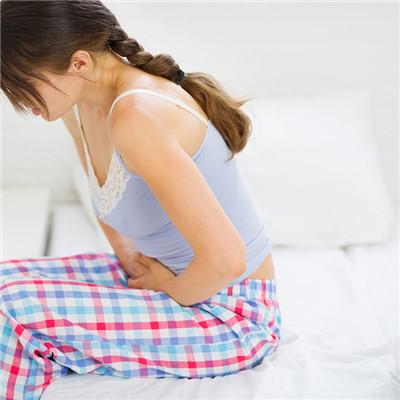
Chronic pelvic inflammatory disease: 1, systemic symptoms are not obvious, sometimes there may be low fever, susceptible to fatigue. The course of disease is long, and some patients may have neurasthenia. 2. Cicatricial adhesion and pelvic congestion caused by chronic inflammation can cause abdominal distension, pain and lumbosacral pain, which is often aggravated before and after fatigue, sexual intercourse and menstruation. 3. Due to pelvic congestion, patients may have increased menstruation, ovarian dysfunction may have menstrual disorders, tubal adhesion obstruction can cause infertility.
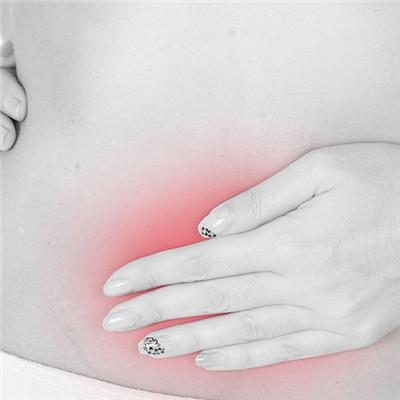
Pelvic inflammatory disease treatment method 1, oral Chinese medicine: pelvic inflammatory disease treated with Chinese medicine for a long time, but because the curative effect is too slow, it is difficult for patients to adhere to, the use of this method of patients, need to adhere to the treatment of pelvic inflammatory disease. 2. External application of traditional Chinese medicine: at present, in this aspect of medicine, traditional Chinese medicine [Qingyan Fufang ShanTie] can not only control the condition of pelvic inflammatory disease to prevent its deterioration, but also can be used periodically as a conventional treatment method, which can alleviate the symptoms of pelvic inflammatory disease to a certain extent. 3. Physical therapy: warm and benign stimulation can promote local pelvic blood circulation. However, physical therapy is not recommended for pelvic inflammatory disease because it can only eliminate the pathogen cells in the superficial layer of the epidermis and can not play the role of repair, and it can stimulate the inner wall of pelvic inflammatory disease too much, and the risk is too high. 4. Surgical treatment: unilateral adnexectomy or total hysterectomy plus bilateral adnexectomy. This method is generally aimed at female friends who are no longer fertile and have serious diseases. Although it is promised that young women should retain ovarian function as much as possible, there are still risks, so it is not recommended to use this method.
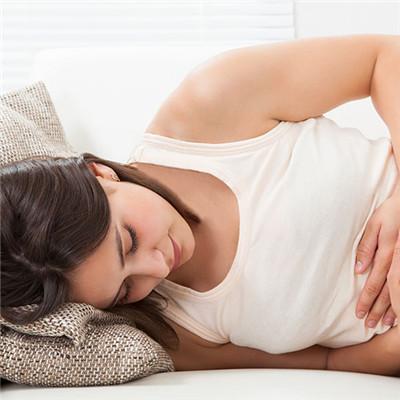
matters needing attention
1. Keep the vulva clean, change underwear frequently, and set up a special basin. Wash the towel, socks and underwear separately. Scald the towel and underwear with boiling water and expose them to the sun for 6 hours to form a good hygienic habit. 2. Pruritus vulvae, do not scratch hands, in order to prevent infection. 3. To avoid dirty sex and promiscuity, the husband with sexually transmitted diseases, need to be treated together. 4. Keep bowel movement unobstructed. 5. Patients with lower abdominal pain and abnormal leucorrhea, quality, quantity and taste should be treated in time.

